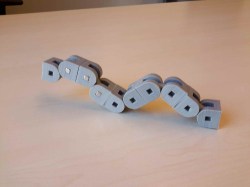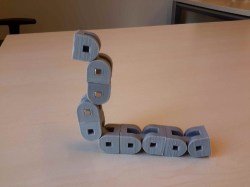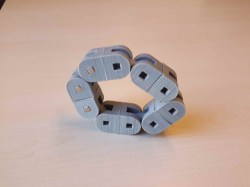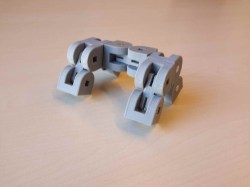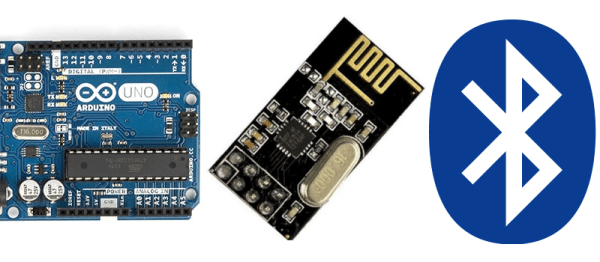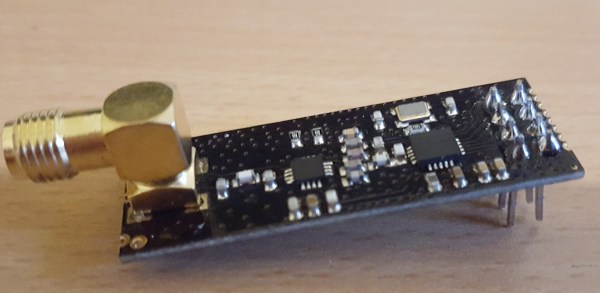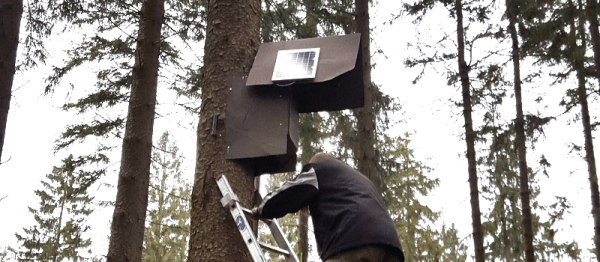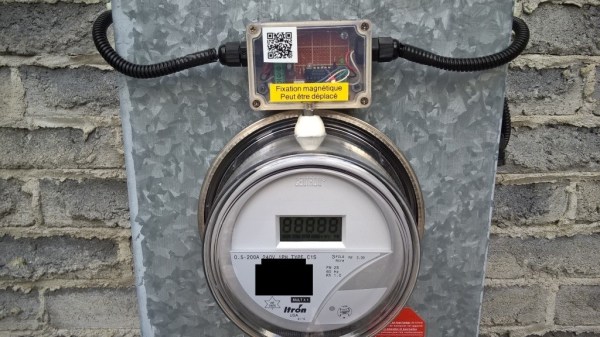A person who is deaf can’t hear sound, but that doesn’t mean they can’t feel vibrations. For his Hackaday Prize entry, [Alex Hunt] is developing the Shakelet, a vibrating wristband for that notifies hearing impaired people about telephones, doorbells, and other sound alerts.
To tackle the difficulty of discriminating between the different sounds from different sources, [Alex’s] wants to attach little sound sensors directly to the sound emitting devices. The sensors wirelessly communicate with the wristband. If the wristband receives a trigger signal from one of the sensors, it alerts the wearer by vibrating. It also shows which device triggered the alert by flashing an RGB LED in a certain color. A first breadboard prototype of his idea confirmed the feasibility of the concept.
After solving a few minor problems with the sensitivity of the sensors, [Alex] now has a working prototype. The wristband features a pager motor and is controlled by an ATMEGA168. Two NRF24L01+ 2.4 GHz wireless transceiver modules take care of the communication. The sound sensors run on the smaller ATTiny85 and use a piezo disc as microphone. Check out the video below, where Alex demonstrates his build:




